Technological Advancements
The Portable Tool Market is experiencing a surge in technological advancements that enhance tool performance and user experience. Innovations such as smart tools equipped with IoT capabilities allow for real-time monitoring and diagnostics, which can lead to increased efficiency and reduced downtime. According to recent data, the integration of advanced battery technologies has improved the runtime and power of portable tools, making them more appealing to both professionals and DIY enthusiasts. Furthermore, the rise of automation in manufacturing processes is likely to streamline production, potentially lowering costs and increasing accessibility for consumers. As these technologies continue to evolve, they may redefine user expectations and drive demand within the Portable Tool Market.
Rising Construction Activities
The Portable Tool Market is significantly influenced by the rising construction activities across various sectors. Data suggests that infrastructure development and residential construction are on the rise, leading to an increased demand for portable tools. As construction companies seek to enhance productivity and efficiency, they are increasingly investing in high-quality portable tools that can withstand rigorous use. This trend is further supported by government initiatives aimed at boosting construction projects, which may create additional opportunities for manufacturers within the Portable Tool Market. The ongoing expansion in construction is expected to drive sales and innovation in portable tools, catering to the evolving needs of the industry.
Focus on Ergonomics and User Safety
The Portable Tool Market is increasingly prioritizing ergonomics and user safety in tool design. Manufacturers are recognizing the importance of creating tools that not only perform well but also minimize the risk of injury during use. Recent trends indicate that tools with ergonomic designs are gaining popularity, as they enhance user comfort and reduce fatigue. This focus on safety is likely to resonate with both professional tradespeople and DIY users, who are becoming more aware of the potential hazards associated with tool usage. As safety regulations evolve, the Portable Tool Market may see a shift towards more innovative designs that prioritize user well-being, potentially influencing purchasing decisions.
Increased Demand for Home Improvement
The Portable Tool Market is witnessing a notable increase in demand for home improvement tools, driven by a growing interest in DIY projects. Recent statistics indicate that a significant percentage of households are investing in home renovations, which has led to a corresponding rise in the purchase of portable tools. This trend is particularly pronounced among younger demographics who are more inclined to undertake personal projects. The convenience and versatility of portable tools make them ideal for various tasks, from simple repairs to complex renovations. As consumers continue to prioritize home aesthetics and functionality, the Portable Tool Market is likely to benefit from sustained growth in this segment.
Sustainability and Eco-Friendly Products
The Portable Tool Market is increasingly influenced by the demand for sustainability and eco-friendly products. Consumers are becoming more conscious of their environmental impact, leading to a preference for tools made from sustainable materials and those that promote energy efficiency. Recent market analysis indicates that eco-friendly portable tools are gaining traction, as manufacturers respond to this shift by developing products that align with sustainable practices. This trend not only appeals to environmentally conscious consumers but also positions companies favorably in a competitive market. As sustainability becomes a key consideration in purchasing decisions, the Portable Tool Market is likely to adapt, fostering innovation and growth in eco-friendly tool offerings.


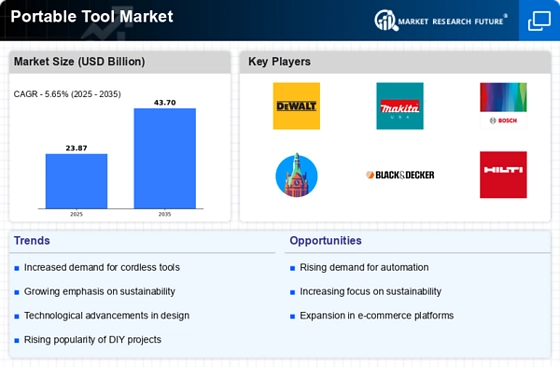
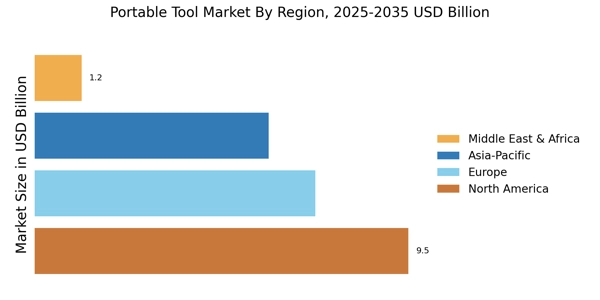
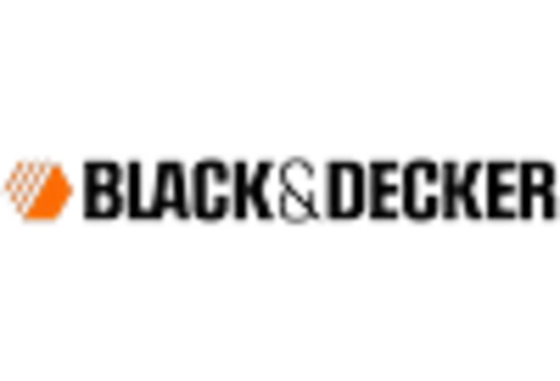

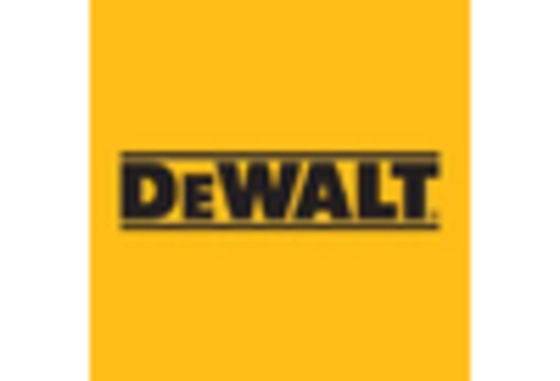
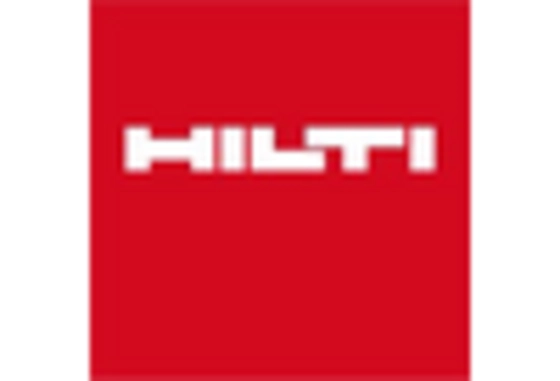










Leave a Comment